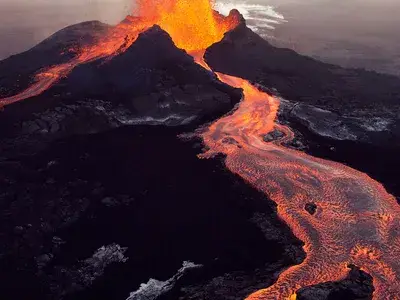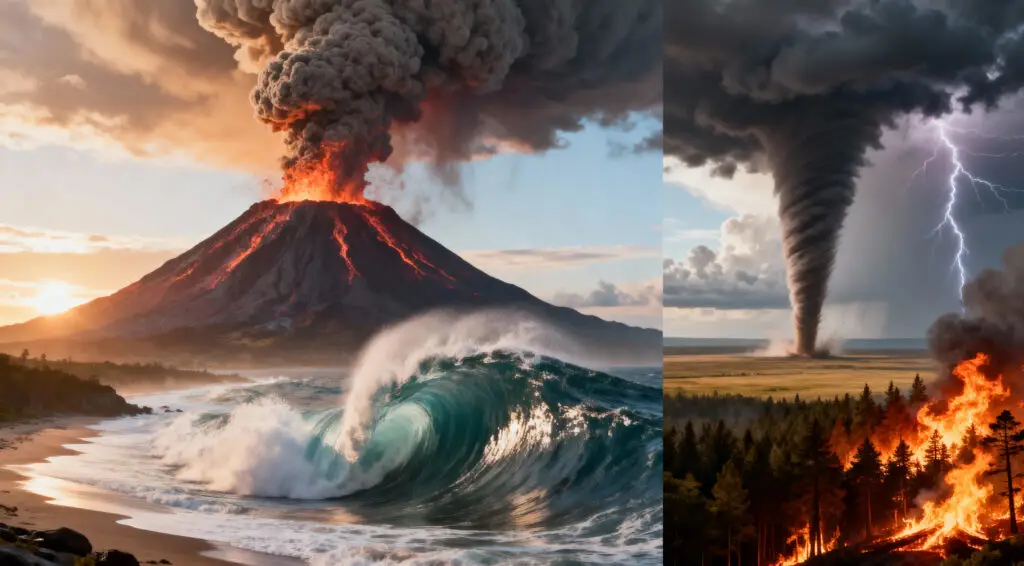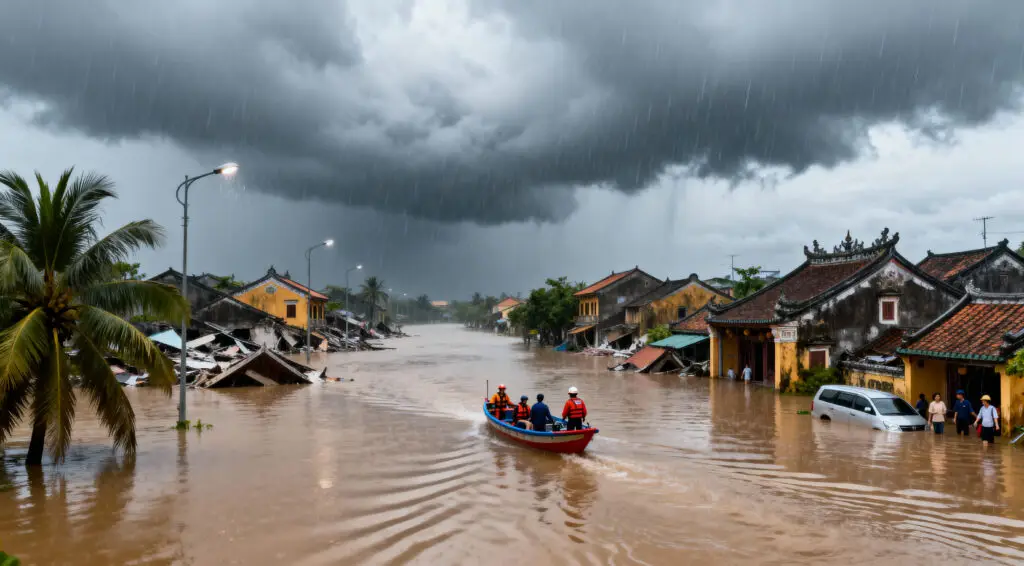The Power of Nature Is Beyond Imagination
Earth has caused disasters in the past that were so bad they were hard to believe. These calamities impacted the way people lived, changed the way the land looked, and tested how strong people are.
Each scenario may appear impossible, yet they are all based on scientific facts that teach us important things about climate, survival, and adaptability.
The Year Without a Summer in 1816
When Mount Tambora erupted in Indonesia, volcanic ash obstructed sunlight and caused temperatures throughout the world to drop by a lot. In the middle of the year, crops failed and it snowed.
Famine and chaos hit communities all throughout Europe and North America, showing how powerful natural atmospheric disturbance can be.

The London Smog of 1952
Coal smoke and weather inversion mixed together in a lethal way, trapping heavy pollution above London and strangling the metropolis for days. There was no visibility at all.
More than 4,000 people perished from respiratory sickness, which led to new laws that made way for today’s air standards.
Recommended Article: PAHO Boosts Health Preparedness as Hurricane Melissa Nears
The 1930s Dust Bowl
Poor land management and drought throughout the years turned the rich plains of America into wastelands that choked. Dust clouds so thick that they covered towns.
The destruction led to changes in the country that made farming more sustainable and created rules to protect the land.
The 1908 Tunguska Explosion
A strange explosion in space crushed more than 800 square kilometers of Siberian woodland without leaving a crater. Scientists are still quite interested.
Experts think that a comet or meteoroid exploded in the air, unleashing energy comparable to 15 megatons of TNT. This shocked people in the early 1900s.
The Fire at Peshtigo in 1871
It was renowned that Chicago burnt, but a wildfire that day killed far more people in Wisconsin. The fire created winds that were like tornadoes.
The worst forest fire in US history, it killed more than 1,000 people and destroyed whole cities.
The Lake Nyos Disaster in 1986
Lake Nyos in Cameroon unexpectedly exploded with carbon dioxide, killing around 1,800 people in nearby communities. There was no sound of destruction.
Scientists then put in venting systems to stop this from happening again. This shows that there are frequently hidden hazards underlying calm natural beauty.
The 2004 Boxing Day Tsunami
A huge earthquake under the sea in Sumatra caused waves that killed more than 230,000 people in 14 nations. The whole shoreline disappeared.
The event brought countries together to work together, which led to the creation of early-warning systems and better disaster management plans throughout the world.























